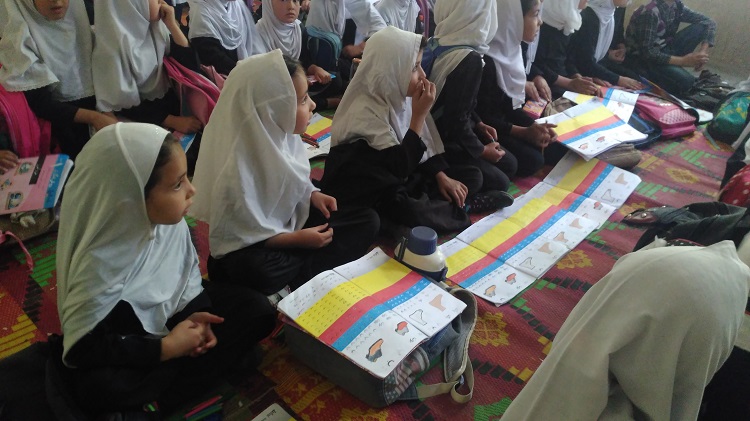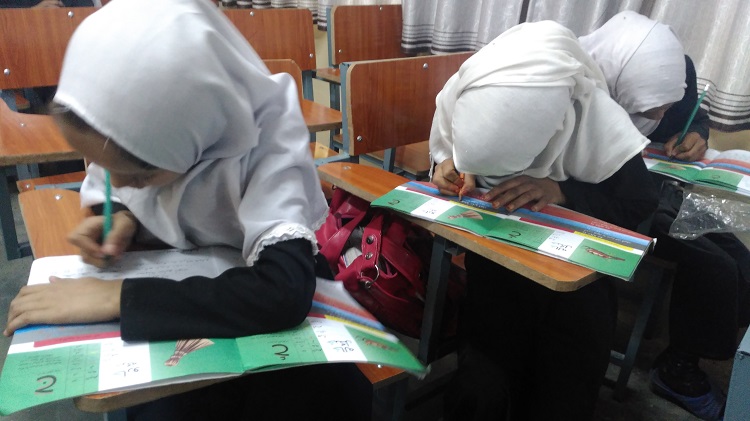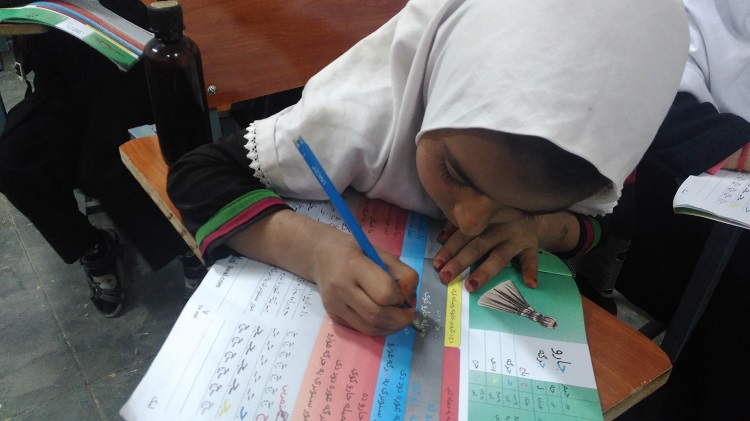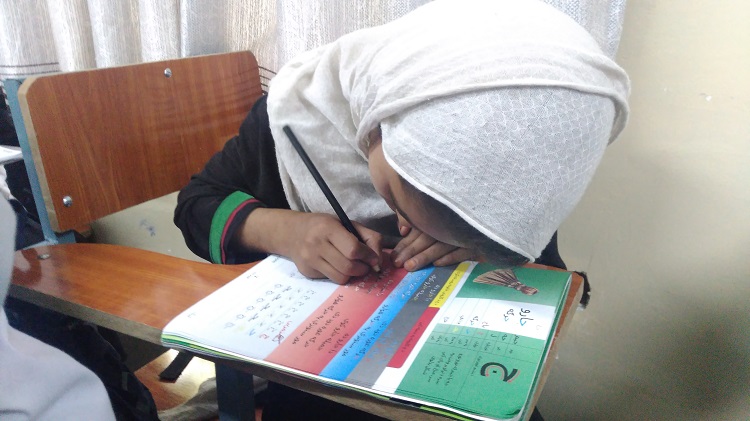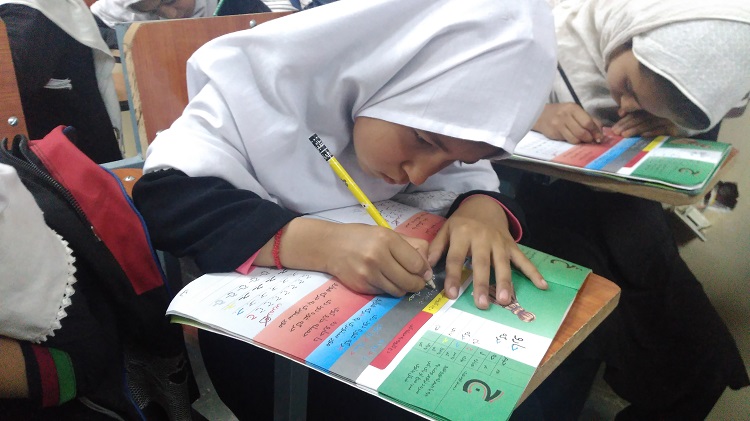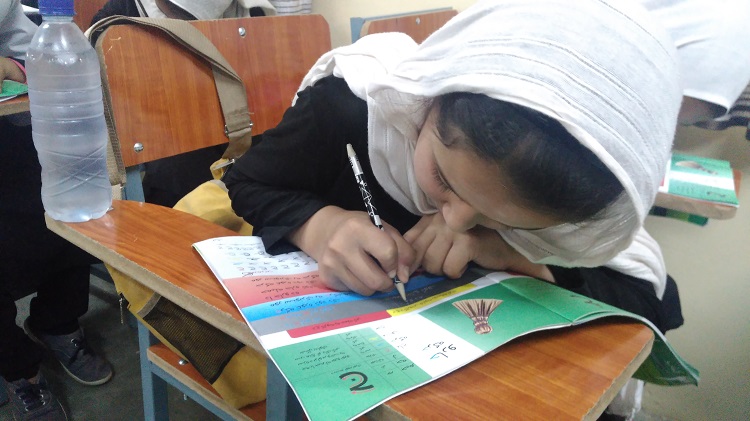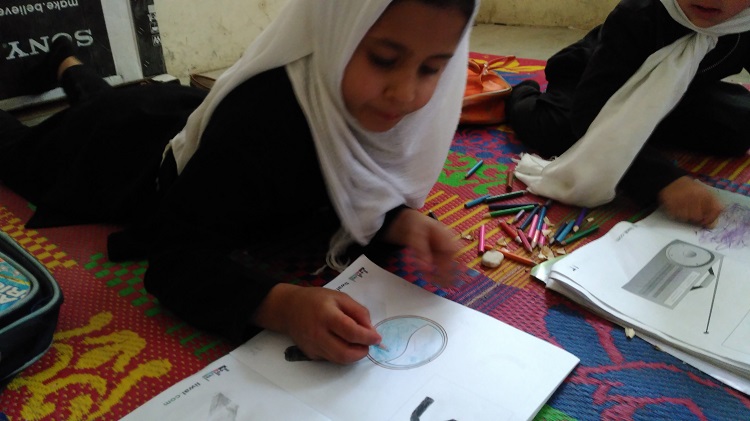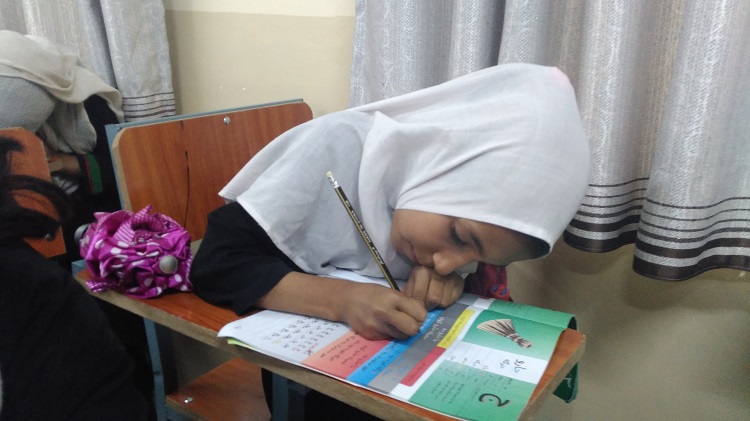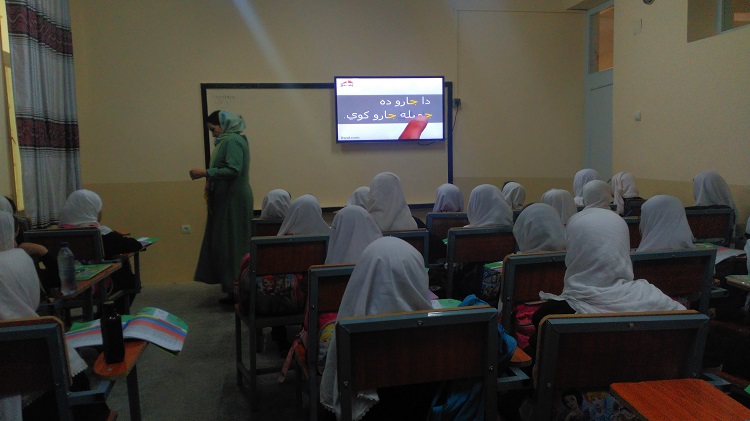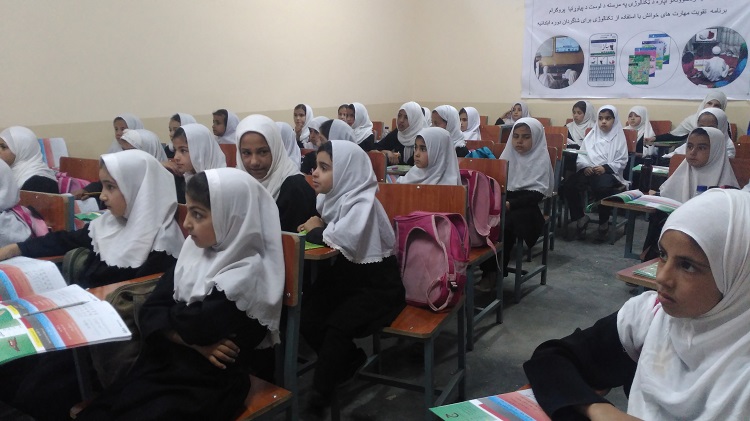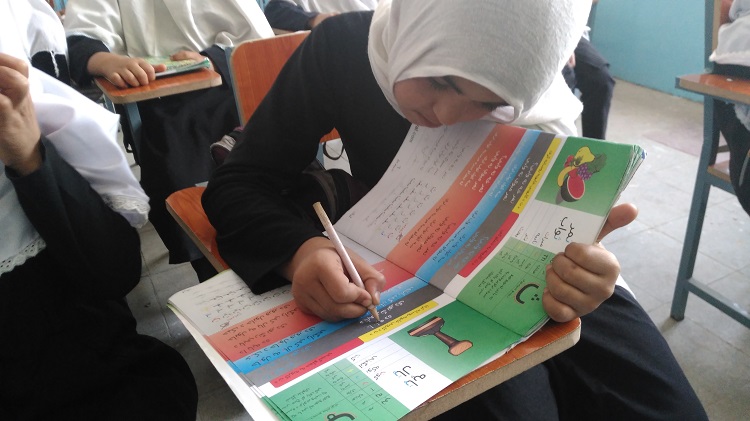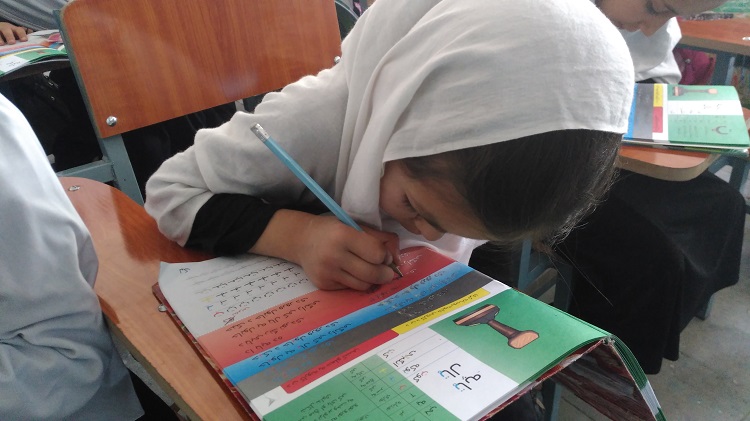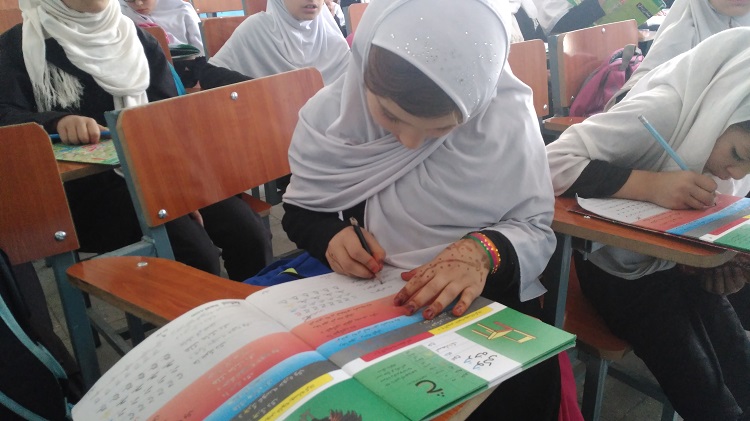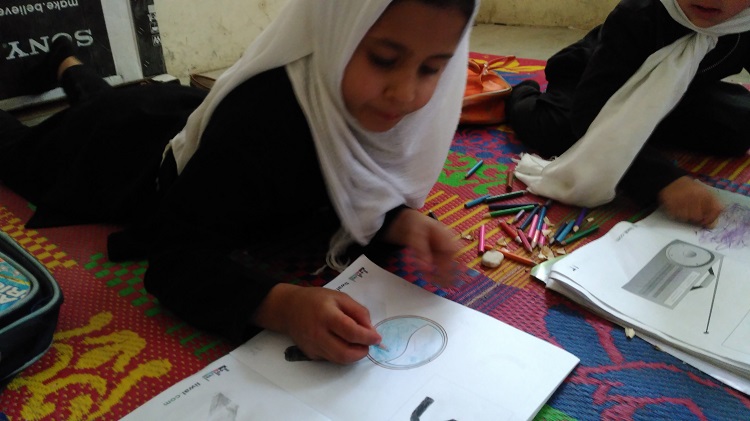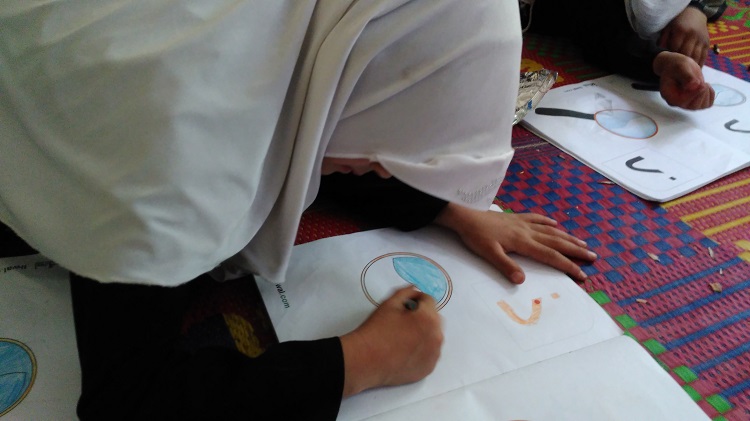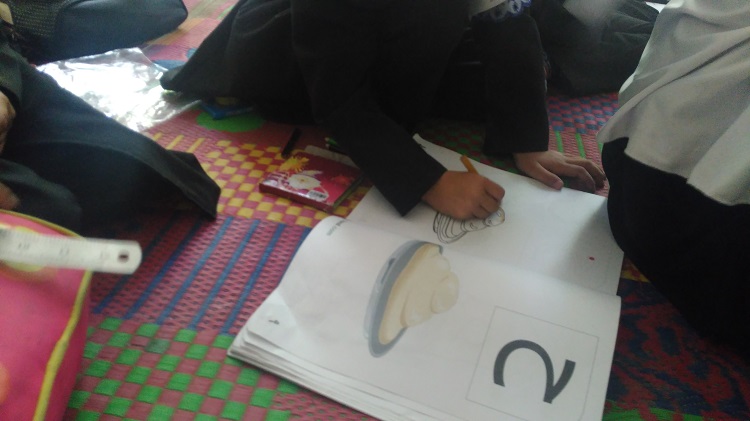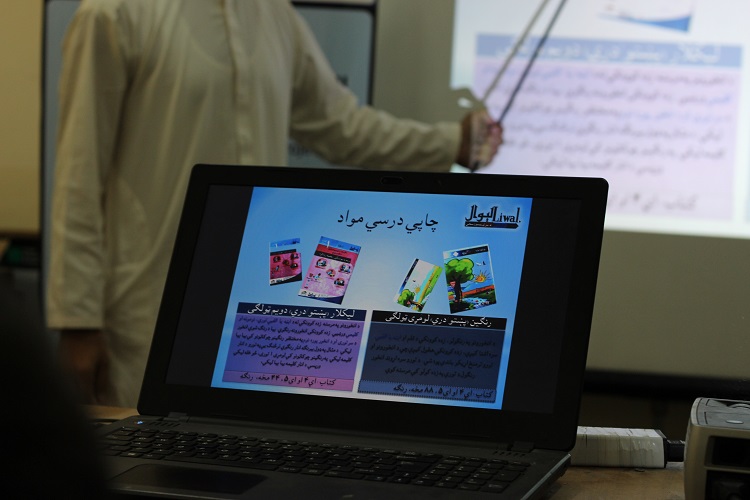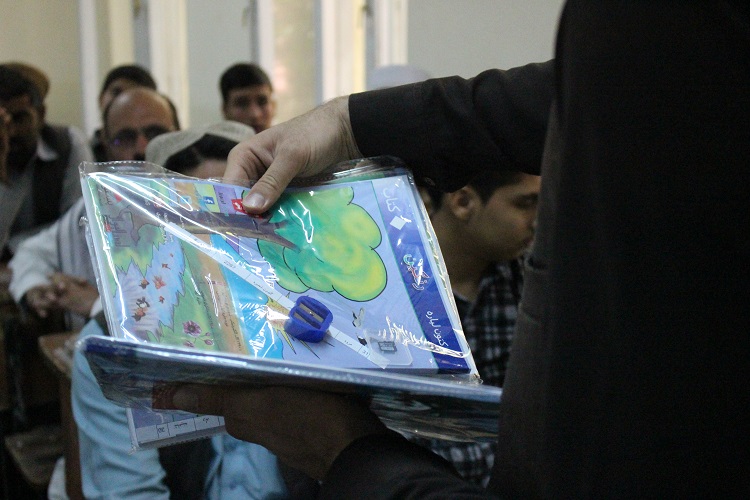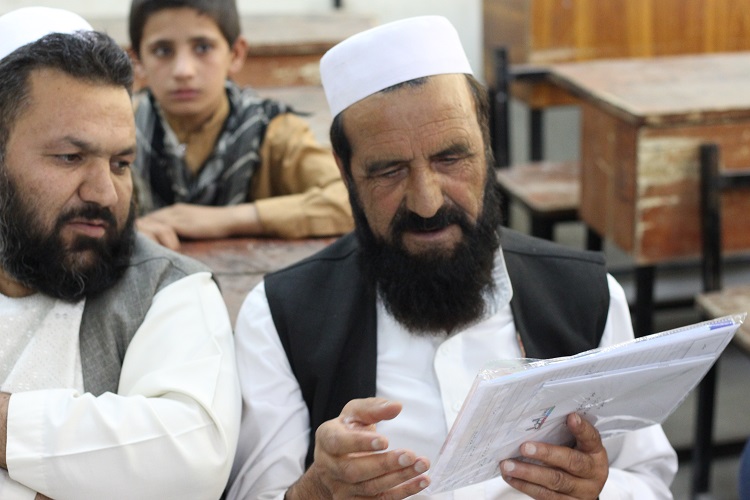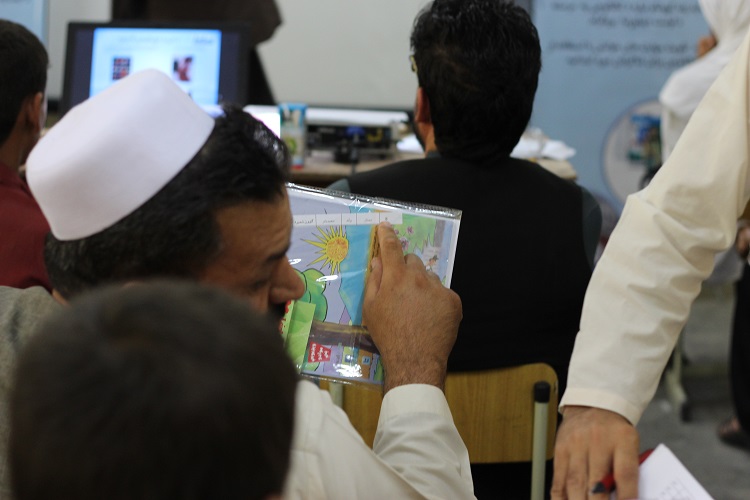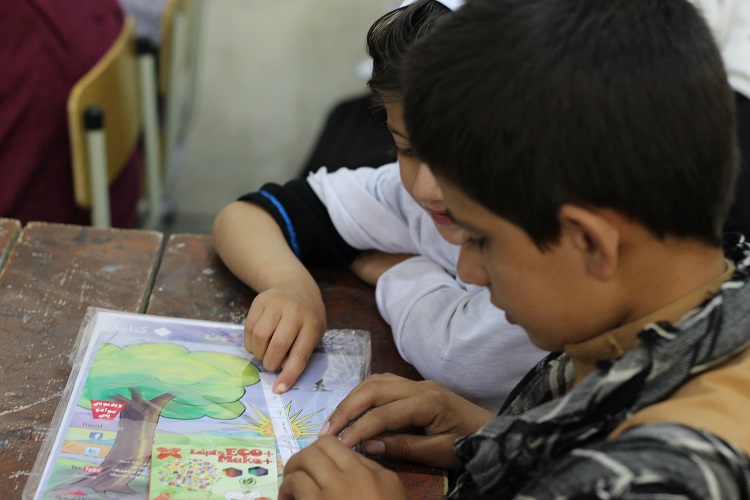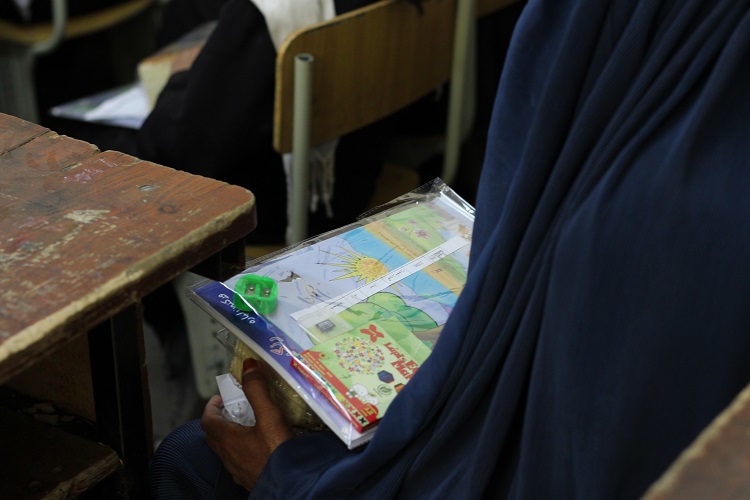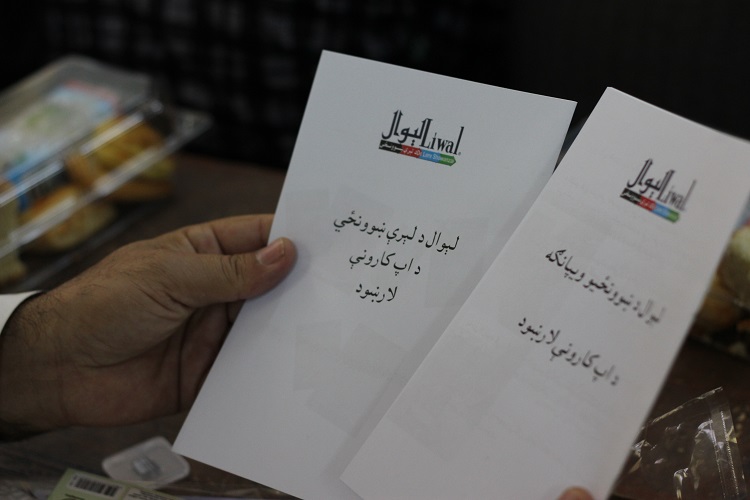د پوهنې وزارت څلورو ښوونځیو کې د ٢٠٠٠ زده کوونکو په ګډون، پروژې خپل ازمېښتي پړاو د 2016 په فبروري کې پیل کړ او د 2017 په ډسمبر کې د خپلو ټولو پروګرامونو او د څارنې او ارزونې له فعالیتونو سره پای ته ورسید.
لاندې هغه ښوونځي دي چې په ازمېښتي پروژه کې یې برخه اخیستې وه:
1. د سردار محمد داود خان عالي لیسه
2. عبدالقاسم فردوسي لیسه
3. د ناهيد شهيد عالي لېسه
4. د غلام محمد غبار عالي لېسه
معلومات ښیي چې له 80 سلنې څخه زیاتو ښوونځیو مدیران د پروژې له فعالیتونو څخه بشپړ رضایت ښودلی، په داسې حال کې چې د منځنۍ دورې په ارزونه کې دا یوازې 50 سلنه وه. برسېره پردې، 87 سلنه په خپلو ښوونځیو کې د ټیکنالوژۍ پر بنسټ د زده کړې دوام ته ډیره لیوالتیا لري او له 73 سلنې څخه ډیر د پوهنې وزارت نورو ښوونځیو ته هم د پروژې غځولو وړاندیز کوي.
پر دې سربېره ۹۰ سلنه ښوونکو ویلي چې دغه روزنیز پروګرام ګټور و او زده کوونکو يې په کافي اندازه یې زده کړې کړي دي.
په ټولیز ډول، له ازموینو وروسته د زده کوونکو په مجموعي نمرو کې 11 سلنه ښه والی لیدل کیږي، چې د لېوال ټیکنالوژۍ پر بنسټ د زده کړې توکو اغیزمنتوب په توګه تشریح کیدای شي. سربیره پردې، د پروژې په پای کې د ګډونوالو زده کوونکو نمرو کې د ناګډنوالو زده کوونکو په پرتله پنځه سلنه زیاتوالی ښودل شوی.
د پوهنې وزارت په نصاب او د زده کوونکو په ټولیزه زده کړه کې د لېوال ټیکنالوژۍ پر بنسټ د زده کړې او میتودونو اغېز 17 سلنه اټکل شوی.
کله چې په کور کې د زده کوونکو لخوا د لېوال ښوونځي اپ (اپلیکیشن) کارولو په اړه وپوښتل شول ، نږدې 50 سلنه زده کوونکو وویل چې دوی په کور کې د لېوال اپ لپاره ګرځنده ټليفون کاروي. له پروژې مخکې اټکل کېده چې کېداى شي تر پنځه سلنه زده کوونکي به ګرځنده کارولو ته لاسرسى ولري.
د منځمهاله ارزونې په برخه کې د وړاندیز شویو ټکو پر بنسټ، د پروژې دویم پړاو د ښوونیز کال په پیل کې پلی شو؛ د ښوونځیو لپاره ځانګړی مهالویش او پلان چمتو شوی او ټولو ګډونوالو ښوونځیو ته لمريزې (سولر پېنل) ورکړل شوي.
ده يوه زده کوونکي مور وايي: "که څه هم زه نالوستې یم، خو د لېوال د لېرې ښوونځي د زده کړې په برخه کې د خپلو ماشومانو سره د مرستې په هڅه کې، زه پخپله هم زده کړه کووم. زه حتا په الفبا هیڅ نه پوهیدم ، خو اوس زه توري او ځینې کليمې لوستلی شم."
وروستنۍ ارزونه ښیي چې د ازمېښتي پروژې جریان په مناسب لوري روان وو، کوم چې کولی شي د پروژې د ټاکل شوي هدف د ترلاسه کولو لپاره ملاتړ وکړي.

